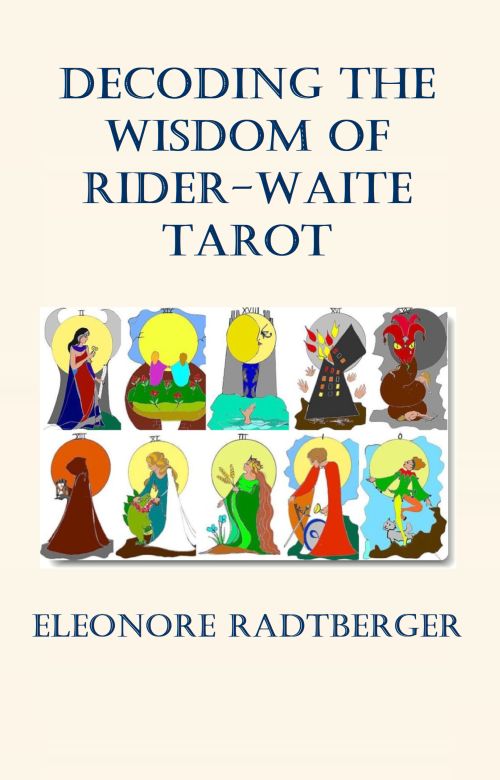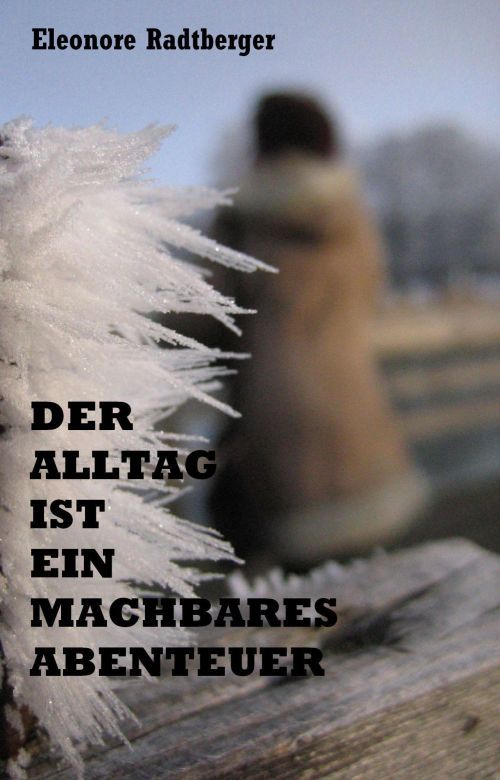
|
Body language: A key to non-verbal communication
About forms and meanings of body language and the handshake

Body language is an essential part of human communication. It encompasses all non-verbal signals expressed through gestures, facial expressions, posture, and body movement. Each of these categories plays a crucial role in the way we transmit and receive information.
Body language reveals deeper emotions and attitudes that cannot always be expressed in words. The voice, i.e. the spoken word, is part of verbal communication and will not be discussed in detail in this article.
Gestures are the use of hand and arm movements to convey specific meanings or emotions. This form of non-verbal communication can cover a wide range, from simple hand signals and gestures to complex signs that require a cultural context. In Western cultures, for example, raising the thumb often signals approval or success, while waving a hand is considered a friendly greeting. In other cultures, however, the same gestures may have completely different meanings.
Particularly interesting is the relationship between gestures and language. Studies show that people often unconsciously gesticulate while speaking in order to reinforce or clarify their message. This combination of verbal and non-verbal communication increases understandability and can also help convey emotions.
Facial expressions play a crucial role in interpersonal communication and often convey more than words alone. Facial expressions are a universal language that can express feelings and emotions such as joy, sadness, surprise or anger. These non-verbal signals are often unconscious and can provide deeper insights into a person's emotional state.
An example of the importance of facial expressions can be found in smiling. It is an expression of friendliness and openness that often makes people feel more comfortable and interact more easily with each other. In contrast, a frown or narrowed eyes can signal mistrust or dissatisfaction. Raising the eyebrows can indicate surprise or interest.
In addition, facial expressions have a significant influence on our social interaction. In negotiation situations, a genuine smile can build trust, while a shy or angry facial expression can quickly lead to misunderstandings.
Posture is an important aspect of body language
Posture often reflects inner feelings and attitudes. Open body language, characterised by an upright posture and relaxed shoulders, signals self-confidence and openness. In contrast, a closed posture, expressed by hunched shoulders and folded arms, can signal disinterest or defence.
If people feel uncomfortable or shy during an interview, they hold an object directly in front of their body, e.g. a bag or a file folder. During interviews, it is very easy to observe when people are insecure or anxious: they hold on to their coffee cup, for example, or avoid eye contact with the interviewer.
The influence of posture on the perception of others is being intensively investigated in social psychology. Research findings indicate that people tend to react positively to people who adopt a confident posture. Posture is also considered an indicator of social status. People with a dominant posture are often perceived as more assertive, while a stooped posture is often associated with inferiority.
The way a person moves can also say a lot about their emotional state. Fast, energetic movements can signal enthusiasm or nervousness, while slow and deliberate movements are more likely to be associated with calmness or sadness. The way a person walks – e.g. briskly or sluggishly – can also give an indication of their inner mood.
Another important aspect of body movement is the personal space that a person respects or transgresses in their movement. Respect for personal space is culturally coded differently and can lead to tensions if it is disregarded. In many Western cultures, a distance of around 1.2 metres is perceived as comfortable, whereas in Eastern European or South American cultures, closer proximity is common.
The study of body language offers valuable insights into interpersonal dynamics. While verbal communication often occurs consciously and deliberately, body language frequently happens unconsciously and without deliberate control. This can have both advantages and disadvantages.
One of the greatest strengths of body language lies in its ability to clearly convey emotions and intentions. It can expose misleading or false verbal statements. One example is situations in which someone smiles and crosses their arms at the same time. Here, body language often indicates a discrepancy between what is being said and how the person feels inside. Such contradictions can lead to mistrust and intensify emotional conflicts.
At the same time, body language can help to promote empathic relationships. People who consciously use their body language to express empathy – for example through active listening and open, welcoming behaviour – often have deeper social bonds. These skills are particularly important in a professional context, where teamwork and co-operation are crucial factors for success.
Body language is strongly influenced by culture
Gestures, facial expressions, postures, and movements are interpreted differently in various cultures. What is considered polite or respectful in one culture may be perceived as inappropriate or offensive in another. For example, eye contact is a sign of interest and attention in some cultures, while in others it may be seen as aggressive or disrespectful. Therefore, it is essential for people working internationally to be aware of the cultural differences in body language.
Overall, body language has a major influence on the way we communicate and interact. It complements verbal communication and helps to convey feelings, thoughts and intentions. Gestures, facial expressions, posture and body movements are indispensable elements that characterise our interpersonal relationships.
A deeper understanding of body language enables us to communicate more authentically and organise social relationships more effectively. In order to grasp the full spectrum of human communication, it is therefore essential to recognise and appreciate the meaning and nuances of body language.
A handshake is worth more than many words

Among non-verbal forms of expression, the handshake has a special significance. The saying "A handshake is worth more than many words" illustrates that this simple gesture can convey deeper and often clearer information than verbal statements.
The handshake is an ancient custom that is considered a sign of respect, friendship or agreement in various cultures. It is a ritual that accompanies social interaction and lends it a certain seriousness. A firm and confident handshake is considered a sign of trust and reliability in many cultures, whereas a weak or hesitant handshake can signal mistrust or uncertainty. This type of subtle communication is particularly important in professional contexts, where first impressions can be crucial.
Another aspect of the importance of the handshake lies in its ability to create a connection between people. Physical contact, even in the simplest form of a handshake, fosters a sense of closeness and connection. This is particularly important in a society that is becoming increasingly digitalised and where face-to-face contact is becoming rarer. Shaking hands can act as a bridge between people who would otherwise be strangers.
The handshake can also have a symbolic meaning. It is often used to seal agreements or to mark the conclusion of negotiations. In legal and business contexts, the handshake is often seen as confirmation of a verbal or written contract. It symbolises integrity and commitment – values that are of great importance in today's world. A handshake can therefore emphasise not only the intention, but also the seriousness and commitment of a matter.
However, it is important to note that cultural differences can also influence the meaning and execution of a handshake. While shaking hands is considered a sign of politeness and respect in many Western countries, there are cultures in which other forms of greeting are favoured. In such cases, a missing or inappropriate handshake can lead to misunderstandings and be perceived as impolite.
A handshake is much more than a simple gesture. It is a complex non-verbal means of communication that expresses trust, respect and solidarity. In a world where words are sometimes not enough, the handshake is a positive means of strengthening interpersonal relationships and conveying important messages. The phrase "A handshake is worth more than many words" therefore hits the nail on the head and emphasises the deeper meaning of this simple but effective gesture.
© "Body language: A key to non-verbal communication. Gestures, facial expressions, posture and handshake": An article by Izabel Comati, 12/2024. Image credits: Body language and Couple shake hands, both CC0 (Public Domain Licence).
– A return to the roots of nature: The mysticism of trees and plants
– Life in the Universe. A review of writer Sissi Ram's non-fiction guide
– Review of 'The Hunger Angel'. A novel by Herta Müller
Discover more articles! Use the search function:
English archive:
More reviews, book presentations and essays
2024/2025
German archive:
2024 |
2023 |
2022 |
2021 |
2020 |
2019 |
2018 |
2017 |
2016 |
2015 |
2014 |
2013 |
2012 |
2011 |
2010 |
2009
Become a writer for Pressenet! Write articles for our online magazine on trending topics such as best books to read, health and wellness, technology and gadgets, business and finance, travel and tourism, lifestyle and fashion or education and career. Info: Become an author
Sponsors and investors are welcome: If you found our articles interesting, we would be grateful for a donation. Please also recommend us to your networks. Thank you very much!
Sitemap About Privacy Policy RSS Feed





